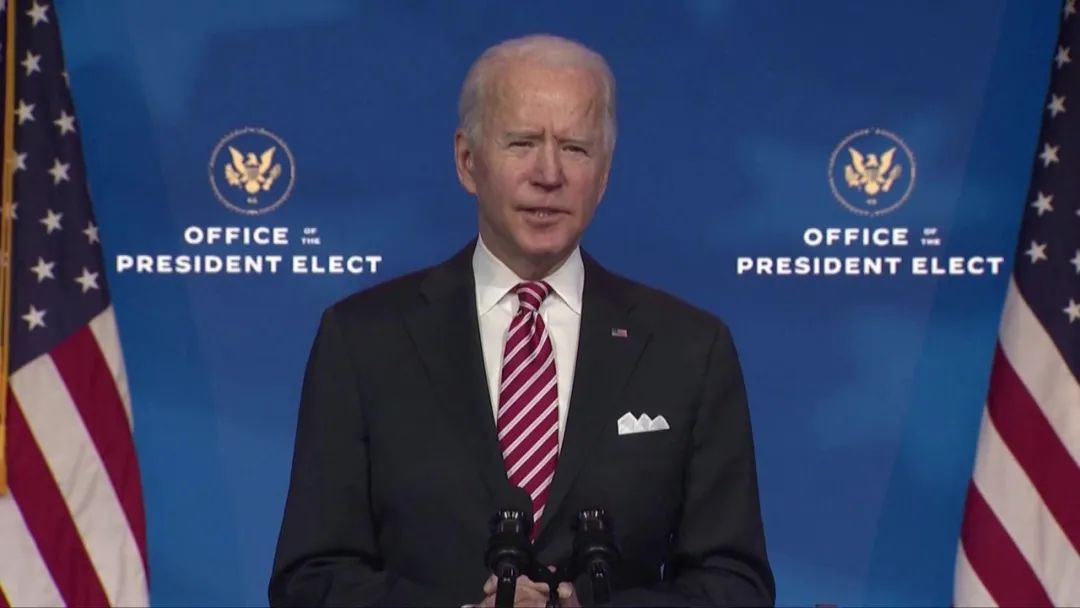According to a recent report by the Wall Street Journal, U.S. President-elect Biden is planning to reassess the nuclear weapons upgrade plan that cost more than $1.2 trillion and consider cutting nuclear weapons-related funding.
Biden had previously made it clear during the campaign that he would reduce the “overexpenditure” of the United States on nuclear weapons and criticized incumbent President Trump’s decision to develop new nuclear weapons.
U.S. media reported that the most likely target of the Biden administration is the upgrading project of land-based intercontinental ballistic missiles.
At present, Militia-3 is the only land-based intercontinental ballistic missile in active service of the U.S. military.
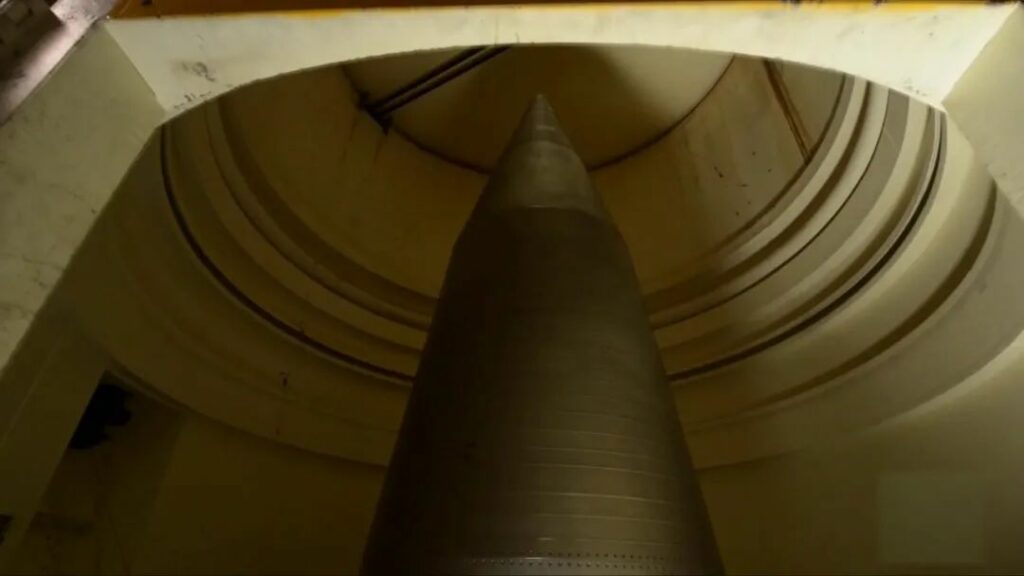
The origin of the “militia” can be traced back to the 1950s.
At that time, when the United States and the Soviet Union were competing for hegemony, the U.S. military wanted to obtain a light ballistic missile that was significantly ahead of the Soviet Union, which was just the introduction of solid fuel that could be used for rocket propulsion. New demand and new technology were immediately in line, so there was a “militia”.

From 1958 to production in 1977, Boeing produced a total of 2,423 “Militia” series intercontinental ballistic missiles in four models.
Among them, the Militia-3, which entered service in 1970, is the first intercontinental ballistic missile with a guided warhead in the U.S. military, and about 450 are on combat duty all year round.
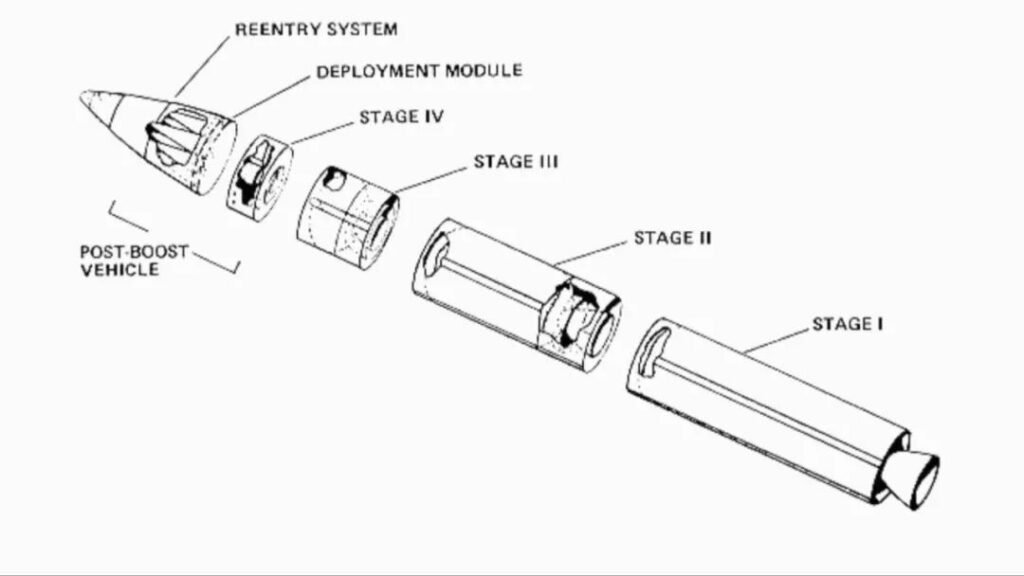
Some people mock the active duty land-based nuclear weapons of the U.S. military: “These soldiers born in the 1990s use a 5-inch floppy disk in the 1980s, manipulate ballistic missiles that began to enter service in the 1970s, and stand by in the concrete silos built in the 1960s to protect the security of the United States in the 21st century.”
Total cost $264 billion
The upgrade of “Militia-3” is very expensive.
Compared with strategic nuclear submarines that have been swimming in the deep sea all year round and strategic bombers flying high in the air, the “militia” whose silo coordinates have long been exposed are too weak in the face of the opponent’s nuclear forces, and their survival ability to counterattack twice.
The U.S. military mocks itself that this missile has only two uses: one is to destroy the opponent, and the other is to attract most of the opponent’s intercontinental missiles. Therefore, the “militia” is relatively relaxed in terms of technological upgrading, budget, daily management, etc.
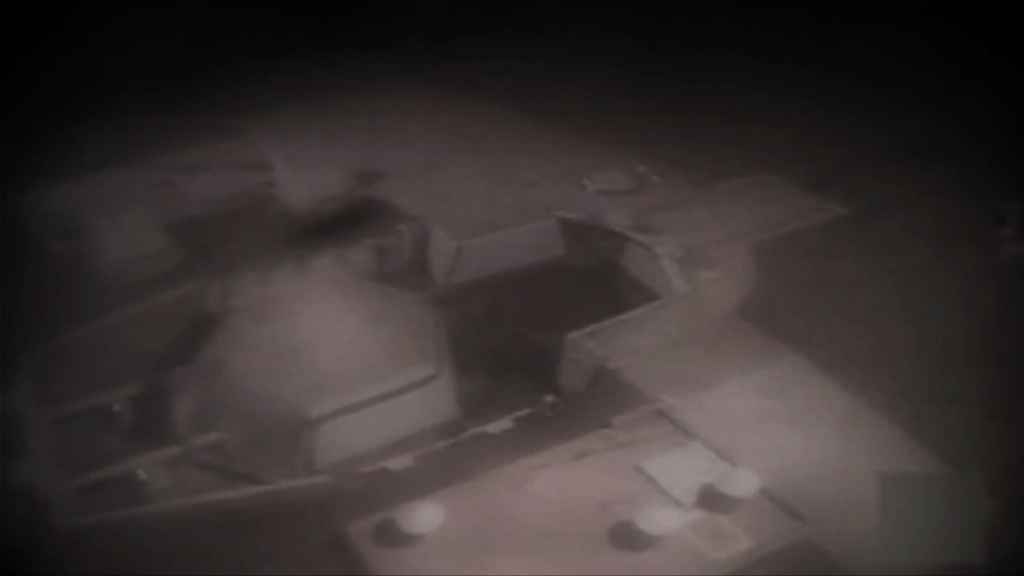
In addition, the huge cost of the Militia-3 upgrade plan is also prohibitive.
The latest data disclosed earlier this year by Bloomberg and the Associated Press showed that the planned procurement of a new generation of land-based intercontinental ballistic missiles as an alternative to the Militia-3 project was 659 at a cost of $95.8 billion; and the new nuclear warhead designed for the next generation of missiles would cost $14.8 billion.
That is to say, the total cost of the whole project will be as high as $110.6 billion. After taking into account the operation and maintenance cost after service, the full life cycle of the new generation of land-based intercontinental ballistic missiles will cost $264 billion.
Biden adjusts nuclear weapons policy
Only “check-in-check”
In addition, the Wall Street Journal also revealed that Biden had previously mentioned on many occasions that the role of nuclear weapons in the military norms of the United States should be narrowed.
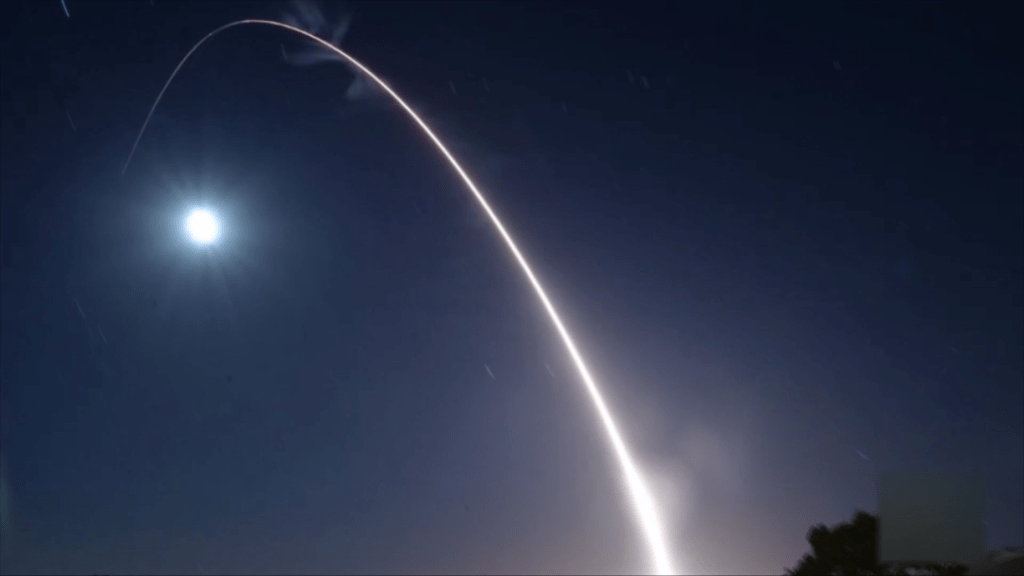
Under the current military norms of the United States, the United States may use nuclear weapons in response to “major conventional strikes” in “extreme circumstances”, that is, “to nuclear non-nuclear”. But Biden believes that the “only purpose” of U.S. nuclear weapons should be to deter and respond only to nuclear attacks.
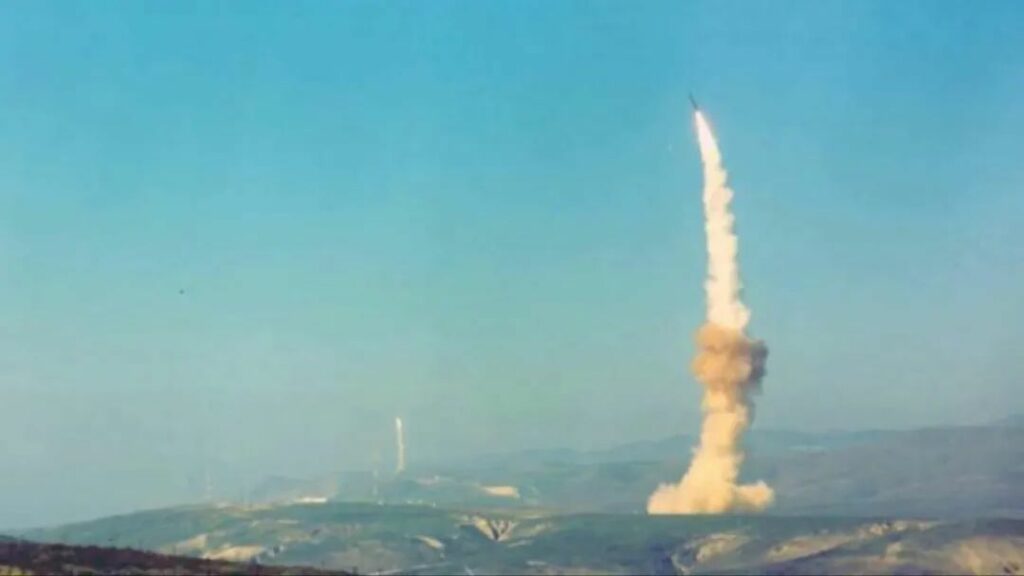
U.S. media said that it is still unknown whether Biden’s plan will receive support in Congress. Because the premise of the previous adoption of the United States Senate for signing the New Strategic Arms Reduction Treaty is the modernization of nuclear weapons, that is, to improve quality in exchange for quantitative reductions.
The New Strategic Arms Reduction Treaty between Russia and the United States entered into force on February 5, 2011. It provides for both sides to reduce the number of their nuclear arsenals. The treaty will expire on February 5, 2021.
Biden’s cuts in funding for upgrading nuclear weapons may directly affect the renewal of the treaty. If it fails, the risk of a global nuclear crisis will be greatly increased.


